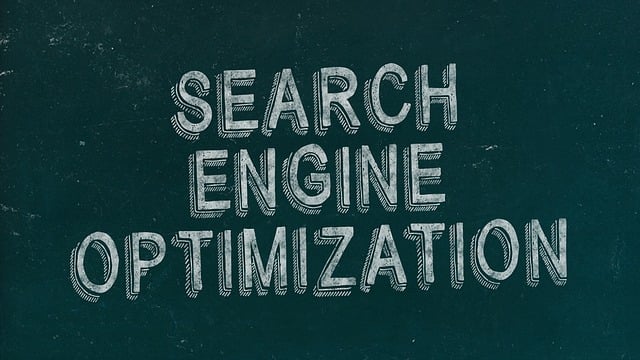AI oyster sourcing optimization is revolutionizing the seafood industry by predicting demand using historical sales, market trends, and weather data. This technology reduces waste, enhances freshness, and aligns with consumer preferences for sustainable and ethical seafood. By automating inventory management and improving supply chain efficiency, AI enables restaurants to offer high-quality, dynamic menus while minimizing costs. Advanced AI algorithms integrating real-time data promise even greater operational efficiency and personalized dining experiences.
In today’s culinary landscape, Artificial Intelligence (AI) is transforming the way we source and serve seafood. This innovative technology plays a pivotal role in optimizing oyster sourcing, from predicting market demands to analyzing global trends. By leveraging AI algorithms, restaurants can now streamline their ingredient ordering process, ensuring fresh, high-quality oysters year-round. This article explores how AI enhances seafood sustainability, reduces waste, and provides a reliable supply chain for kitchens worldwide, focusing on the specific application of AI oyster sourcing optimization.
- Understanding AI's Role in Seafood Sourcing
- Optimizing Oyster Sourcing with AI Techniques
- The Benefits and Future of Predictive Ingredient Ordering
Understanding AI's Role in Seafood Sourcing

In the realm of culinary innovation, Artificial Intelligence (AI) is revolutionizing seafood restaurant operations, particularly in optimizing ingredient ordering and sourcing. AI oyster sourcing optimization is a prime example of this technological advancement at play. By leveraging machine learning algorithms, these systems analyze historical sales data, market trends, and even weather patterns to predict future demand for various seafood items. This predictive capability ensures that restaurants order the right quantities, minimizing waste and maximizing freshness.
Moreover, AI can identify sustainable and ethical sourcing practices by considering factors like seasonality, fishing methods, and regional availability. It helps restaurants make informed decisions, aligning with consumer preferences for eco-friendly and responsibly sourced seafood. This not only contributes to environmental sustainability but also enhances the restaurant’s reputation among health-conscious and environmentally aware folks.
Optimizing Oyster Sourcing with AI Techniques

In today’s digital era, AI oyster sourcing optimization is transforming the seafood industry. By leveraging machine learning algorithms and data analytics, restaurants can predict demand for oysters with unprecedented accuracy. This not only ensures a consistent supply of fresh, high-quality shellfish but also minimizes waste by ordering exactly what is needed. AI models consider factors like historical sales data, seasonal trends, and even weather patterns to forecast oyster requirements, thereby enhancing menu planning and cost management.
This innovative approach allows restaurants to navigate the labyrinthine supply chain more effectively. They can identify trusted suppliers based on consistent quality and delivery performance, fostering reliable relationships that benefit both parties. Furthermore, AI-driven sourcing optimizes inventory management, ensuring that oysters are stored optimally to maintain freshness and taste, creating a symphony of benefits that revolutionize the way seafood restaurants operate.
The Benefits and Future of Predictive Ingredient Ordering

Predictive ingredient ordering powered by AI oyster sourcing optimization offers a multitude of benefits for seafood restaurants. By analyzing historical sales data, predicting future demand, and automating the ordering process, businesses can significantly reduce food waste, minimize inventory costs, and enhance menu freshness. This technology ensures that only the required ingredients are purchased in optimal quantities, leading to a more sustainable and cost-effective kitchen operation.
Looking ahead, the future of predictive ingredient ordering holds immense potential for the hospitality industry. Advanced AI algorithms can integrate real-time data from various sources like market trends, weather forecasts, and customer preferences to further refine inventory management. This not only promises improved operational efficiency but also opens up creative possibilities in menu development, allowing restaurants to offer dynamic and personalized dining experiences tailored to customer tastes and seasonal availability.
AI has the potential to revolutionize seafood industry practices, particularly in sourcing and ingredient ordering. By leveraging machine learning algorithms for predictive analysis, restaurants can optimize their oyster sourcing, ensuring a consistent supply of fresh, high-quality product. This innovative approach not only benefits businesses by reducing waste and costs but also enhances customer experiences through menu consistency and timely availability. As AI oyster sourcing optimization continues to evolve, its impact on the industry will undoubtedly be significant, reshaping how we source and enjoy seafood in the future.
